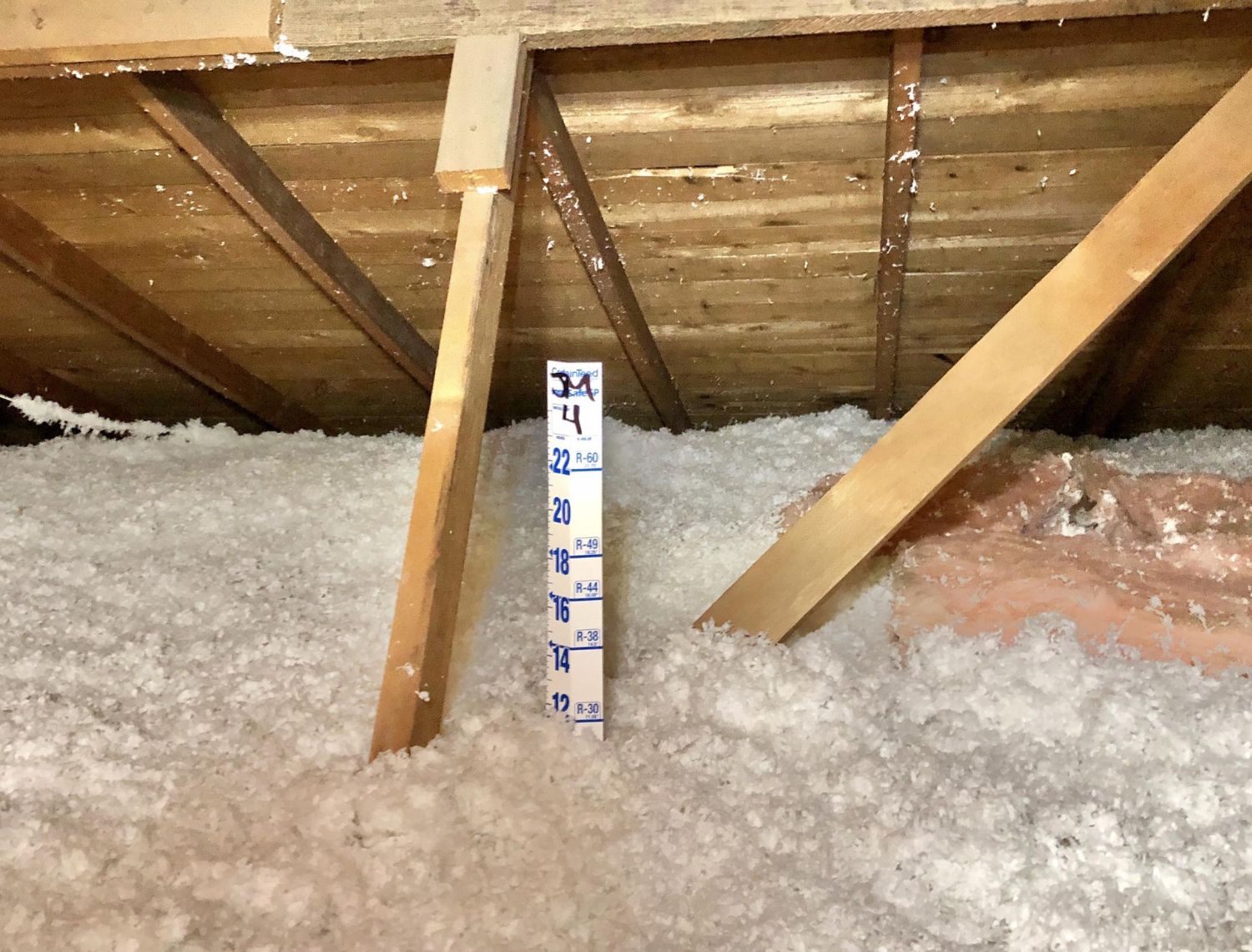

Articles
How Thick Is R-38 Blown Insulation
Modified: January 23, 2024
Discover the thickness of R38 blown insulation in this informative article. Find out how this type of insulation can improve energy efficiency and reduce heating costs.
(Many of the links in this article redirect to a specific reviewed product. Your purchase of these products through affiliate links helps to generate commission for Storables.com, at no extra cost. Learn more)
Introduction
When it comes to keeping our homes comfortable and energy-efficient, insulation plays a crucial role. Insulation helps to regulate temperature, reduce energy waste, and create a barrier against unwanted noise. One widely used type of insulation is blown insulation, which offers superior coverage and allows for easy installation in hard-to-reach areas.
However, understanding the thickness of blown insulation can be a bit confusing, especially when it comes to specific insulation values such as R38. In this article, we will delve into the world of blown insulation and explore the significance of insulation thickness when it comes to achieving optimal energy efficiency in your home.
But before we dive into the specifics of R38 blown insulation, let’s first understand the concept of R-value and why it’s important.
Key Takeaways:
- Achieving the recommended thickness for R38 blown insulation, typically around 12-14 inches, is crucial for enhancing energy efficiency, reducing utility bills, and creating a comfortable indoor environment throughout the year.
- Proper insulation thickness not only improves energy efficiency but also contributes to noise reduction, environmental sustainability, and increased property value, making it a valuable investment for homeowners.
Read more: How Thick Is R-38 Insulation
Understanding R-Value
R-value is a measure of thermal resistance, indicating how well a material can resist the flow of heat. The higher the R-value, the greater the material’s insulating properties. It is essential to consider the R-value when selecting insulation for your home, as it directly affects the insulation’s effectiveness.
R-value is determined by several factors, including the type of insulation material, its thickness, and its density. The higher the R-value, the better the insulation will be at preventing the transfer of heat. This means that materials with higher R-values provide better insulation than those with lower values.
Typically, insulation materials are labeled with their R-values, making it easier for homeowners to select the appropriate insulation for their needs. However, not all insulation materials have the same R-value per inch of thickness. Fiberglass and cellulose insulation, for example, have different R-values despite having the same thickness.
Now that we have a basic understanding of R-values, let’s explore what blown insulation is and how it differs from other types of insulation.
What is Blown Insulation?
Blown insulation, also known as loose-fill insulation, is a type of insulation that is installed using a blowing machine. It consists of small particles, such as fiberglass, cellulose, or mineral wool, which are blown into the desired space to create a thermal barrier.
The process of installing blown insulation involves using a specialized blowing machine that breaks up the insulation material into small particles and blows them into the designated area. The particles settle in the gaps and cavities, filling up the space and creating a uniform layer of insulation.
One of the major advantages of blown insulation is its ability to reach areas that are difficult to access using other types of insulation. It is particularly useful for insulating attics, crawl spaces, and walls, where traditional insulation methods may be challenging to implement.
Blown insulation offers a few key benefits compared to other types of insulation:
- Excellent coverage: Due to its ability to fill in small nooks and crannies, blown insulation provides better coverage and insulation in hard-to-reach areas.
- Uniform installation: The blowing machine ensures an even distribution of the insulation, eliminating gaps and providing consistent thermal protection throughout the space.
- Quick installation: Blown insulation is relatively quick to install compared to other methods, making it a convenient choice for homeowners.
- Cost-effective: Blown insulation is often more affordable than other insulation options, making it a budget-friendly choice for many homeowners.
Now that we have a clear understanding of blown insulation, let’s explore why insulation thickness is important, especially when it comes to R38 blown insulation.
Importance of Insulation Thickness
Insulation thickness plays a crucial role in determining the effectiveness of your insulation system. The thickness of insulation directly impacts its ability to resist heat flow and maintain a consistent temperature within your home. Therefore, it is essential to ensure that the insulation thickness meets the recommended standards for optimal energy efficiency.
The primary purpose of insulation is to create a barrier that prevents the transfer of heat between the inside and outside of your home. In the winter, insulation works by trapping warm air inside your home, preventing it from escaping and cold air from entering. In the summer, insulation helps to keep the hot air out, maintaining a cool and comfortable indoor environment.
Insulation thickness is measured using R-value, which represents the thermal resistance of the material. The higher the R-value, the better the insulation’s ability to resist heat flow. Different parts of your home require different R-values to ensure energy efficiency. Therefore, understanding the recommended R-values for specific areas is crucial for choosing the appropriate insulation thickness.
Let’s now explore the factors that can affect the thickness of R38 blown insulation.
Factors Affecting R38 Blown Insulation Thickness
When determining the thickness of R38 blown insulation, several factors come into play. Understanding these factors is essential in order to ensure that the insulation provides optimal thermal resistance and energy efficiency in your home. Here are the key factors that can affect the thickness of R38 blown insulation:
- Type of insulation material: Different insulation materials have varying R-values per inch of thickness. For example, fiberglass insulation typically has a higher R-value per inch than cellulose insulation. Therefore, the type of insulation material you choose will impact the thickness required to achieve the desired R38 value.
- Desired R-value: The desired R-value for your insulation will determine the required thickness. R38 is a specific R-value commonly used for attic insulation. To achieve an R38 value, you need to ensure that your blown insulation reaches the recommended thickness.
- Climate and location: The climate and location of your home also play a role in determining the necessary insulation thickness. Areas with extreme temperatures or high humidity levels may require thicker insulation to provide better thermal resistance.
- Building codes and regulations: Building codes and regulations may dictate specific insulation requirements for your region. It is crucial to consult local building codes and regulations to ensure compliance and to determine the recommended thickness for R38 blown insulation.
- Existing insulation: If you already have insulation in your home, you must take into account the existing insulation’s thickness and R-value. Adding blown insulation on top of existing insulation may require adjusting the thickness to achieve the desired R38 value.
Considering these factors when determining the thickness of R38 blown insulation will help you ensure that your insulation system meets the necessary standards and provides optimal energy efficiency in your home.
In the next section, we will explore the recommended thickness for R38 blown insulation and the benefits of achieving this proper thickness.
When installing R38 blown insulation, aim for a thickness of approximately 12-14 inches to achieve the desired R-value. Use a measuring stick or tape measure to ensure even coverage throughout the space.
Read more: How Thick Is R-49 Blown In Insulation
Recommended Thickness for R38 Blown Insulation
The recommended thickness for R38 blown insulation depends on the type of insulation material you choose. It is crucial to consult the manufacturer’s guidelines and local building codes to determine the required thickness. However, as a general guideline, R38 blown insulation typically requires a thickness of around 12-14 inches.
Keep in mind that achieving the recommended R-value is more important than focusing solely on the thickness. The R-value represents the insulation’s ability to resist heat flow, and different insulation materials have varying R-values per inch of thickness.
For example, fiberglass insulation typically has an R-value of around 2.7-3.7 per inch, while cellulose insulation has a higher R-value of about 3.2-3.8 per inch. These values can vary slightly depending on the specific product and manufacturer. Therefore, to achieve an R38 value using fiberglass insulation, you would need approximately 11-13 inches of thickness, while cellulose insulation may require around 10-12 inches.
It is important to note that the recommended thickness for R38 blown insulation may also be influenced by other factors, such as the climate and local building codes. Areas with colder climates may require slightly thicker insulation, while warmer climates may have different requirements.
Consulting with insulation professionals, considering local building codes, and following manufacturer guidelines will ensure that you achieve the appropriate thickness for R38 blown insulation in your specific location and circumstances.
Next, let’s explore the benefits of maintaining the proper insulation thickness in your home.
Benefits of Proper Insulation Thickness
Maintaining the proper insulation thickness, especially when it comes to R38 blown insulation, offers a range of benefits for your home and overall energy efficiency. Here are the key advantages of ensuring the correct insulation thickness:
- Enhanced energy efficiency: Proper insulation thickness helps to reduce heat transfer, keeping your home comfortable and reducing the need for excessive heating or cooling. This, in turn, leads to lower energy consumption and reduced utility bills.
- Improved indoor comfort: Adequate insulation thickness creates a more consistent indoor temperature, eliminating drafts and cold spots. It helps to maintain a comfortable living environment throughout the year, regardless of the external weather conditions.
- Noise reduction: Proper insulation thickness can also contribute to soundproofing your home. Thicker insulation helps to block external noise, creating a quieter and more peaceful indoor environment.
- Reduced environmental impact: By achieving the recommended insulation thickness, you can decrease your carbon footprint. Reduced energy consumption leads to lower greenhouse gas emissions and contributes to a more sustainable living environment.
- Protection against moisture and condensation: Proper insulation thickness helps to prevent moisture buildup and condensation within your home’s walls and ceilings. This helps to protect against mold and mildew growth, improving indoor air quality and reducing the risk of structural damage.
- Increase in property value: A well-insulated home with the proper insulation thickness is highly valued in the real estate market. It improves the energy efficiency rating of your home and can potentially increase its resale value.
These benefits highlight the importance of maintaining the recommended insulation thickness for R38 blown insulation. By ensuring the proper thickness, you can enjoy a more energy-efficient, comfortable, and environmentally friendly living space.
Now that we understand the benefits of insulation thickness, let’s explore the installation process of R38 blown insulation.
Installation Process of R38 Blown Insulation
The installation process for R38 blown insulation involves several steps to ensure proper coverage and optimal energy efficiency. While it is recommended to hire a professional insulation contractor for the installation, you can also choose to tackle this project yourself if you have the necessary knowledge and tools. Here is a general overview of the installation process:
- Preparation: Before beginning the installation, ensure that the area is clean and free of debris. Clear any obstructions and ensure proper ventilation to avoid trapping moisture in the insulation.
- Protective Gear: Wear appropriate protective gear, such as gloves, goggles, and a mask, to protect your skin, eyes, and respiratory system from the insulation particles.
- Create Access Points: Create access points in the area where the blown insulation will be installed. This can include small holes drilled into the walls or attic floor, depending on the area being insulated. These access points allow for the blowing machine’s hose to deliver the insulation material into the desired area.
- Mix Insulation Material: If you are using loose-fill cellulose or mineral wool insulation, follow the manufacturer’s instructions to mix the insulation material with water or a binding agent to improve adhesion.
- Start Blowing: Begin the installation process by feeding the insulation material into the blowing machine’s hopper. The machine will break up the material into small particles and blow them through the hose into the access points. Move systematically across the area, ensuring even coverage and avoiding over-packing or inconsistencies in thickness.
- Distribute Insulation: Use a rake or similar tool to distribute and level the blown insulation evenly throughout the space. This helps to achieve consistent thickness and coverage.
- Seal Access Points: Once the desired thickness of insulation has been achieved, seal the access points with caulk or appropriate materials to prevent air leakage and maintain the integrity of the insulation layer.
- Clean Up: Clean up any excess insulation debris and dispose of it properly. Ensure that the work area is clean and tidy.
Keep in mind that the installation process may vary depending on the specific insulation material and your home’s unique requirements. Following the manufacturer’s guidelines and consulting with a professional will ensure a successful installation of R38 blown insulation.
Now that we understand the installation process, let’s take a look at some common mistakes to avoid during the installation of R38 blown insulation.
Common Mistakes to Avoid
When installing R38 blown insulation, it is important to be aware of common mistakes that can compromise its effectiveness and energy efficiency. By avoiding these mistakes, you can ensure a successful insulation installation. Here are some common mistakes to avoid:
- Inconsistent Thickness: It is crucial to achieve a consistent thickness throughout the insulation layer. Inconsistent thickness can lead to thermal gaps and decreased energy efficiency. Take your time to evenly distribute the blown insulation, ensuring that it reaches the recommended thickness.
- Insufficient Coverage: Failing to cover the entire area with insulation can result in thermal bridging and reduced effectiveness. Make sure to cover all gaps, crevices, and hard-to-reach areas to achieve maximum energy efficiency.
- Compacting the Insulation: Avoid compacting the blown insulation during the installation process. Over-compacting can reduce its effectiveness and lead to poor thermal resistance. Follow manufacturer guidelines and recommendations for the proper installation technique.
- Ignoring Safety Precautions: Insulation installation can expose you to insulation particles and other hazards. Take necessary safety precautions by wearing protective gear, such as gloves, goggles, and a mask, to protect against skin irritation, eye damage, and respiratory issues.
- Blocking Ventilation: Ensure that the blown insulation does not block any ventilation pathways, such as soffit vents or attic vents. Proper airflow is crucial for maintaining good indoor air quality and preventing moisture buildup.
- Not Consulting Building Codes: Building codes and regulations may dictate specific requirements for insulation installation in your area. Make sure to consult local building codes and regulations to ensure compliance and avoid potential issues in the future.
- Underestimating the Project: Installing blown insulation requires careful planning and preparation. Underestimating the project in terms of time, materials, or complexity can lead to subpar insulation coverage and reduced energy efficiency. Properly assess the scope of the project and allocate sufficient resources to complete it effectively.
Avoiding these common mistakes will help you achieve optimal energy efficiency and maximize the benefits of R38 blown insulation. If you are unsure about any aspect of the installation or have concerns, it is always advisable to consult with a professional insulation contractor.
Now that we have explored the common mistakes, let’s wrap up our article.
Read more: What Is R-38 Insulation
Conclusion
R38 blown insulation is an effective and efficient way to enhance the energy efficiency of your home. By understanding the importance of insulation thickness and following the recommended guidelines, you can maximize the benefits of this insulation type.
We discussed the significance of insulation thickness and its impact on energy efficiency and comfort within your home. The R-value, which represents the thermal resistance of insulation, helps determine the effectiveness of insulation material. Blown insulation offers excellent coverage, uniform installation, quick installation, and cost-effectiveness.
When it comes to R38 blown insulation, factors such as the insulation material, desired R-value, climate, and building codes play a crucial role in determining the required thickness. Following manufacturer guidelines and consulting experts will help ensure the proper thickness is achieved.
The benefits of maintaining the recommended insulation thickness are numerous. These include enhanced energy efficiency, improved indoor comfort, noise reduction, reduced environmental impact, protection against moisture and condensation, and increased property value.
During the installation process, it is crucial to avoid common mistakes such as inconsistent thickness, insufficient coverage, compacting the insulation, ignoring safety precautions, blocking ventilation, not consulting building codes, and underestimating the project. By avoiding these mistakes, you can ensure a successful installation and optimum performance of the insulation system.
In conclusion, R38 blown insulation with the recommended thickness offers excellent thermal resistance, energy efficiency, and overall comfort benefits for your home. Whether you decide to hire a professional contractor or undertake the installation yourself, following the proper guidelines and understanding the importance of insulation thickness will result in a well-insulated and energy-efficient living space.
Investing in the right insulation and thickness will not only create a more comfortable environment for you and your family but also contribute to a greener and more sustainable future.
Frequently Asked Questions about How Thick Is R-38 Blown Insulation
Was this page helpful?
At Storables.com, we guarantee accurate and reliable information. Our content, validated by Expert Board Contributors, is crafted following stringent Editorial Policies. We're committed to providing you with well-researched, expert-backed insights for all your informational needs.
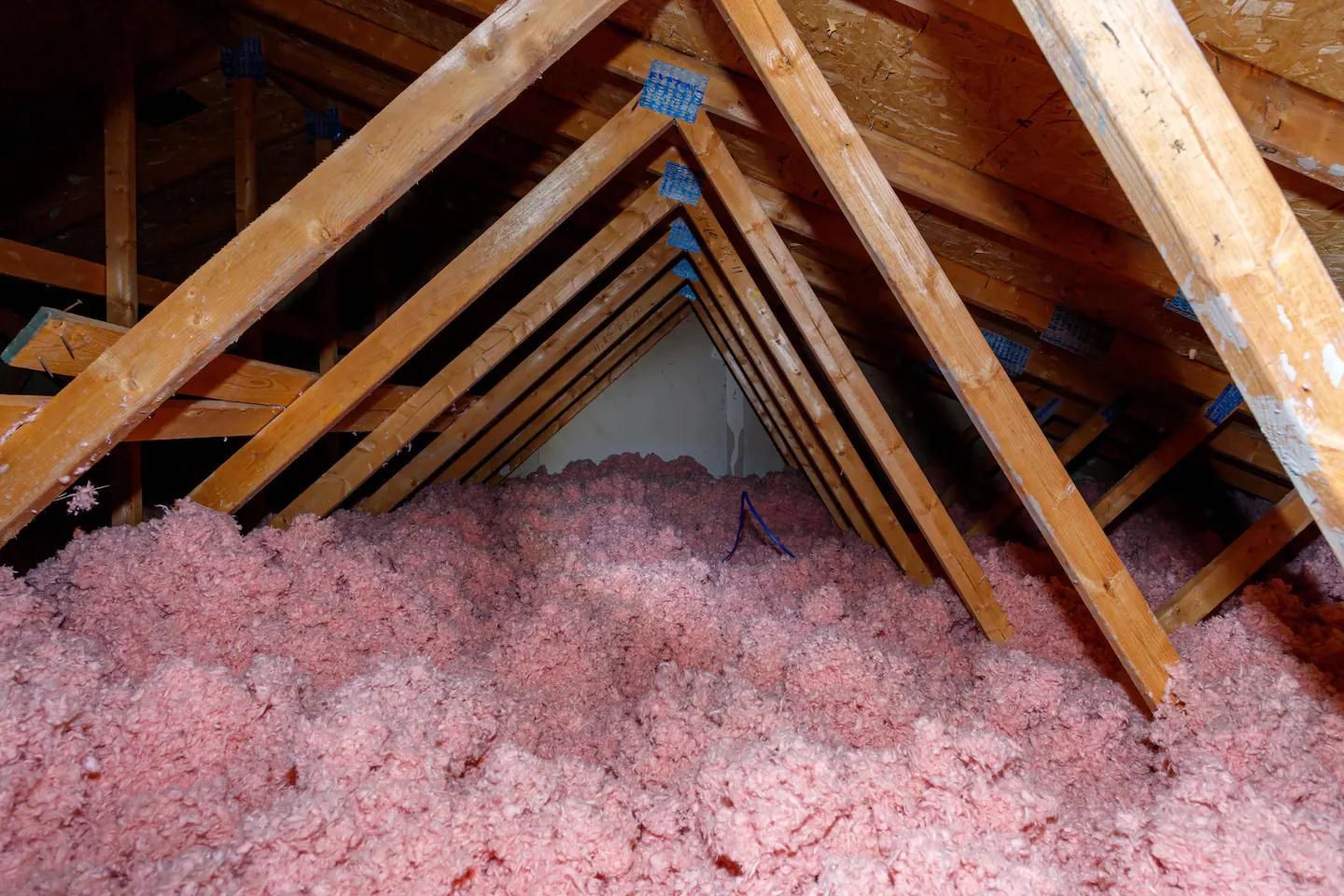
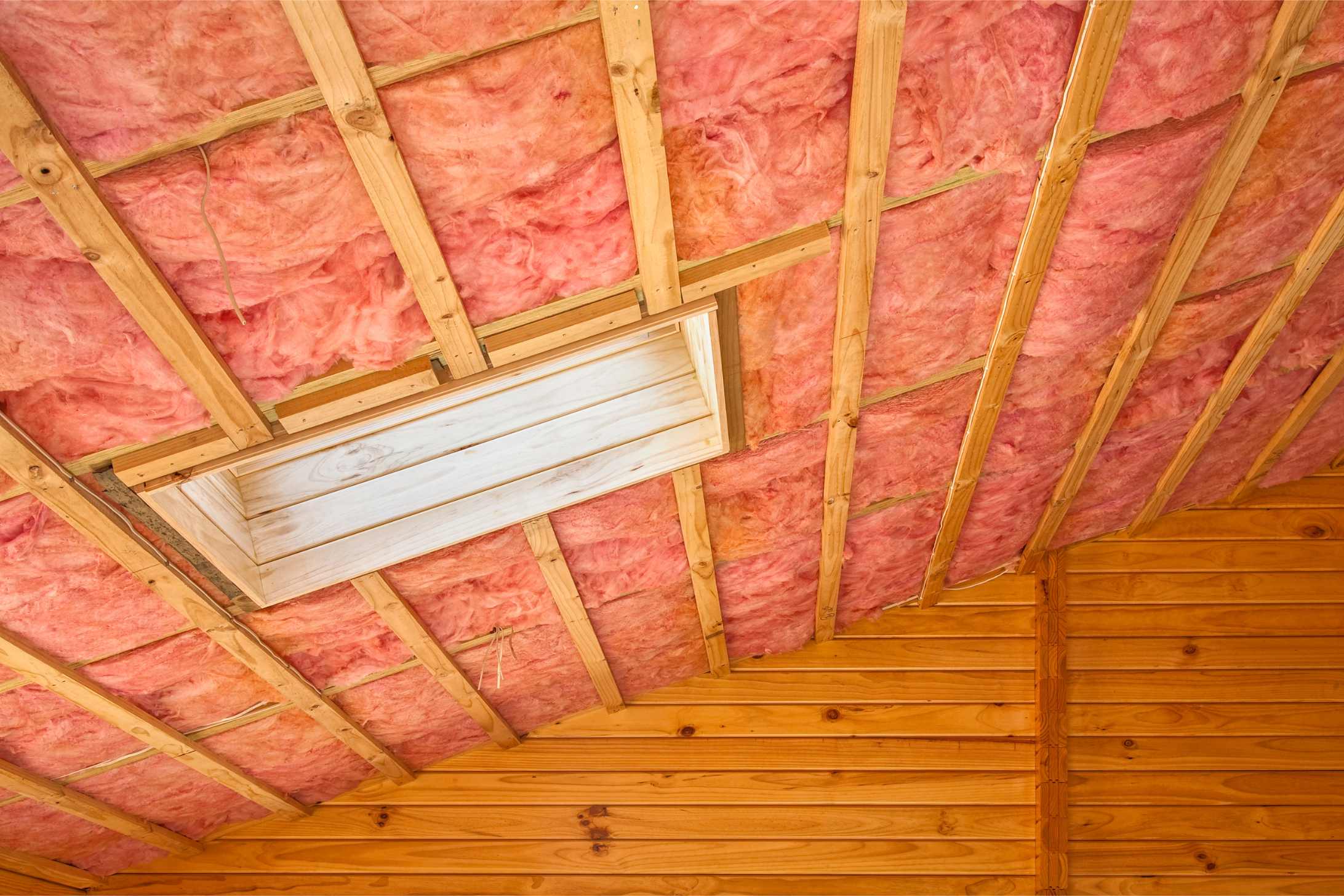
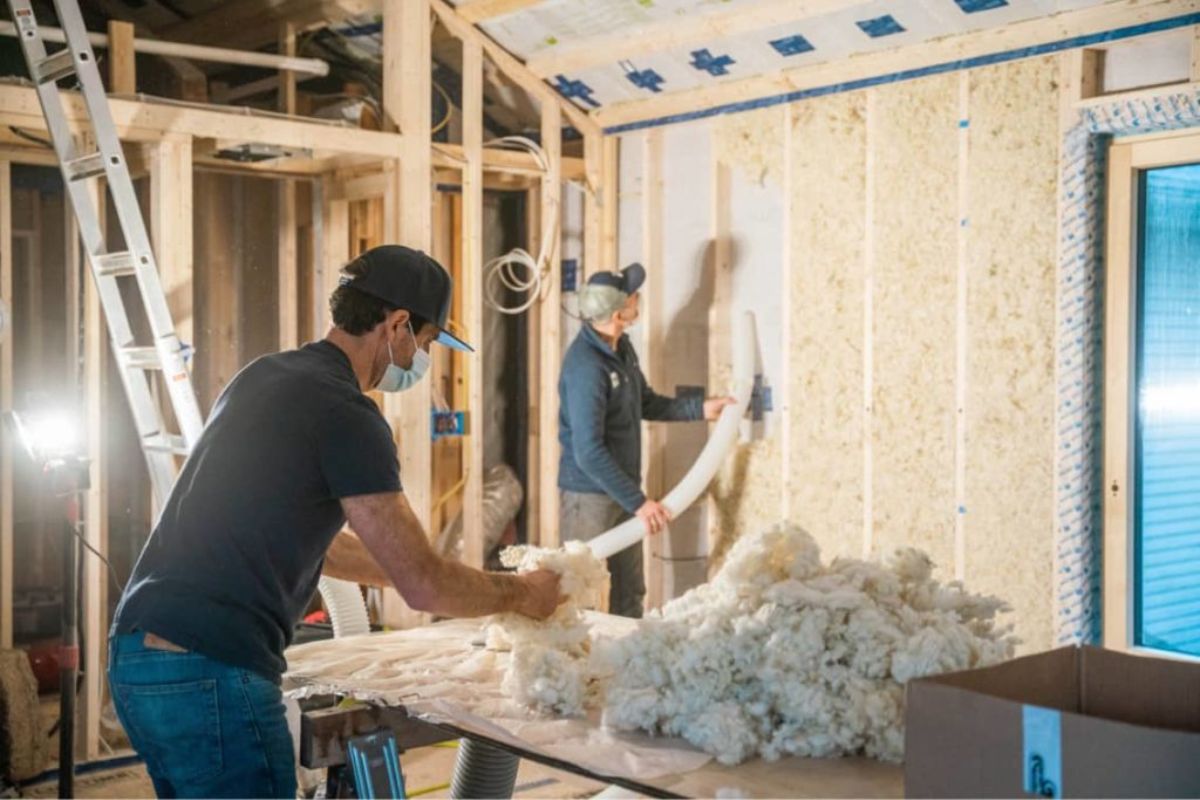
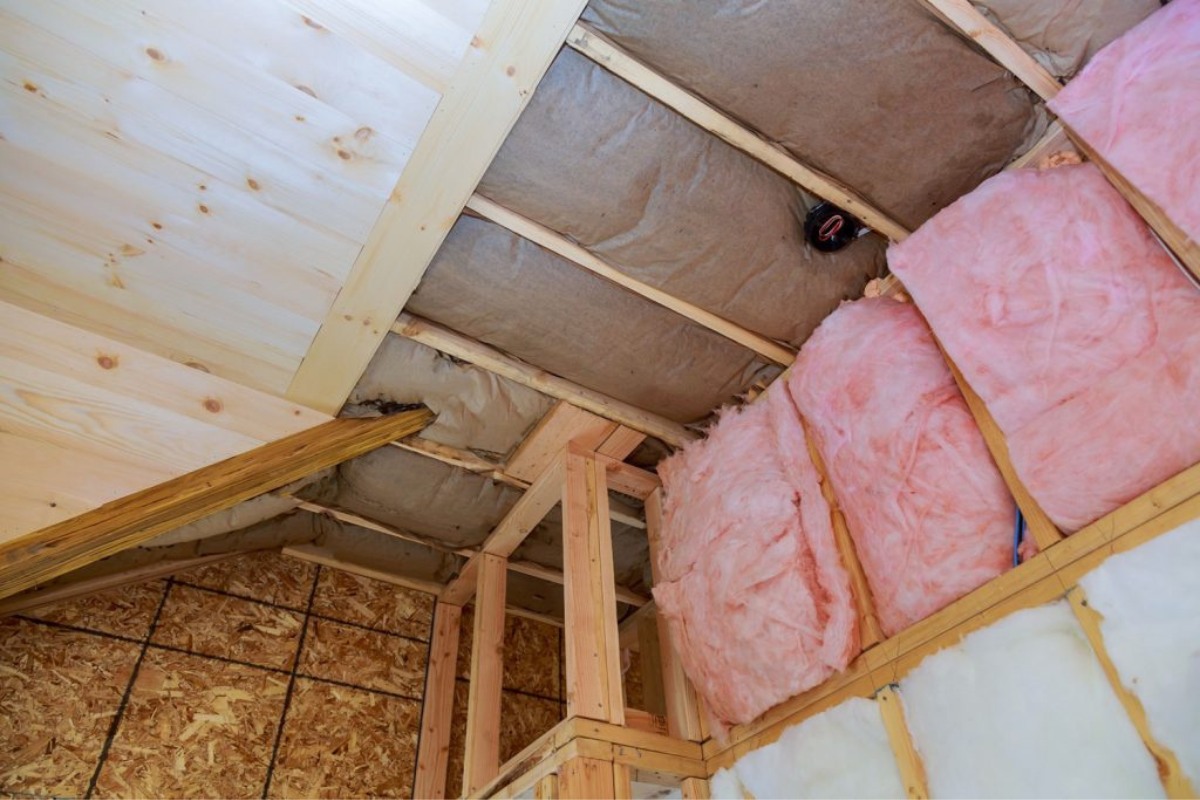
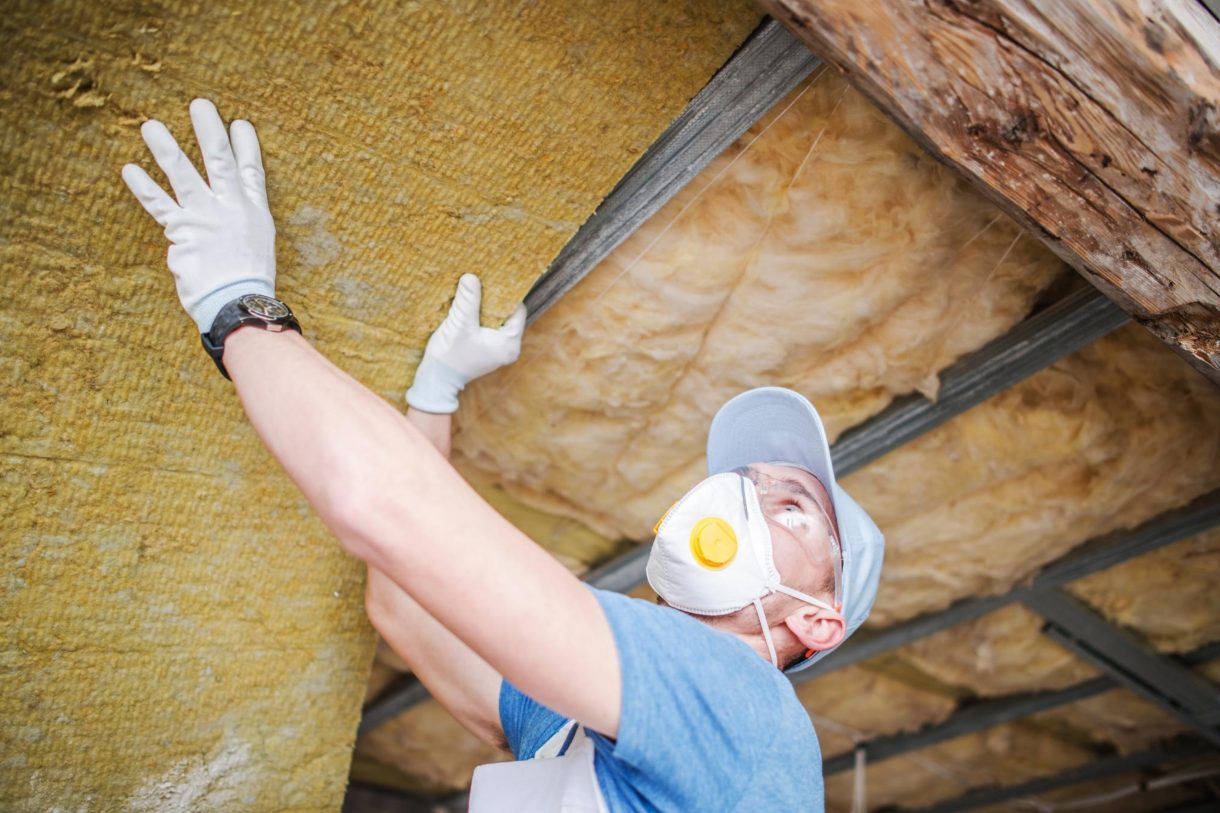
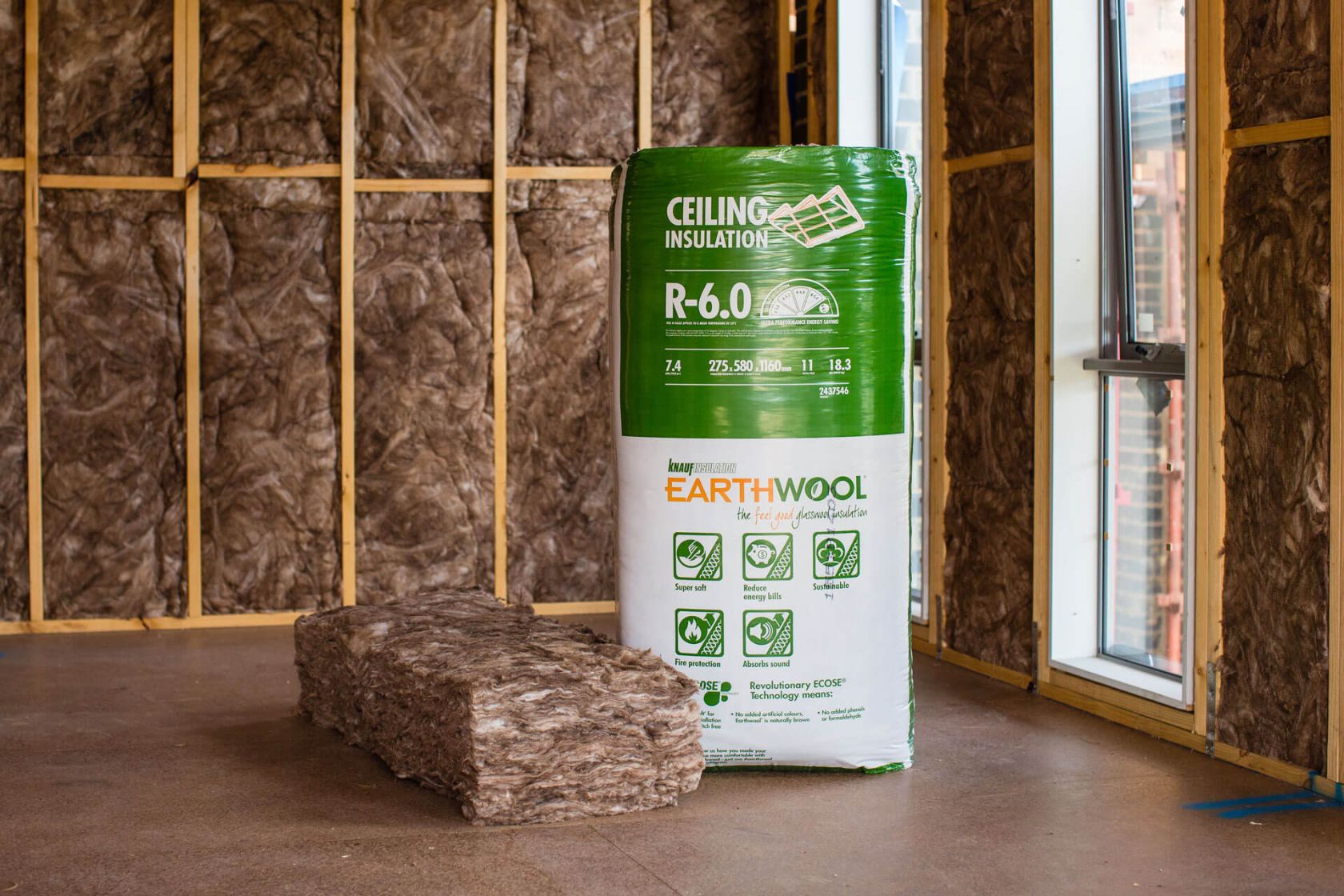
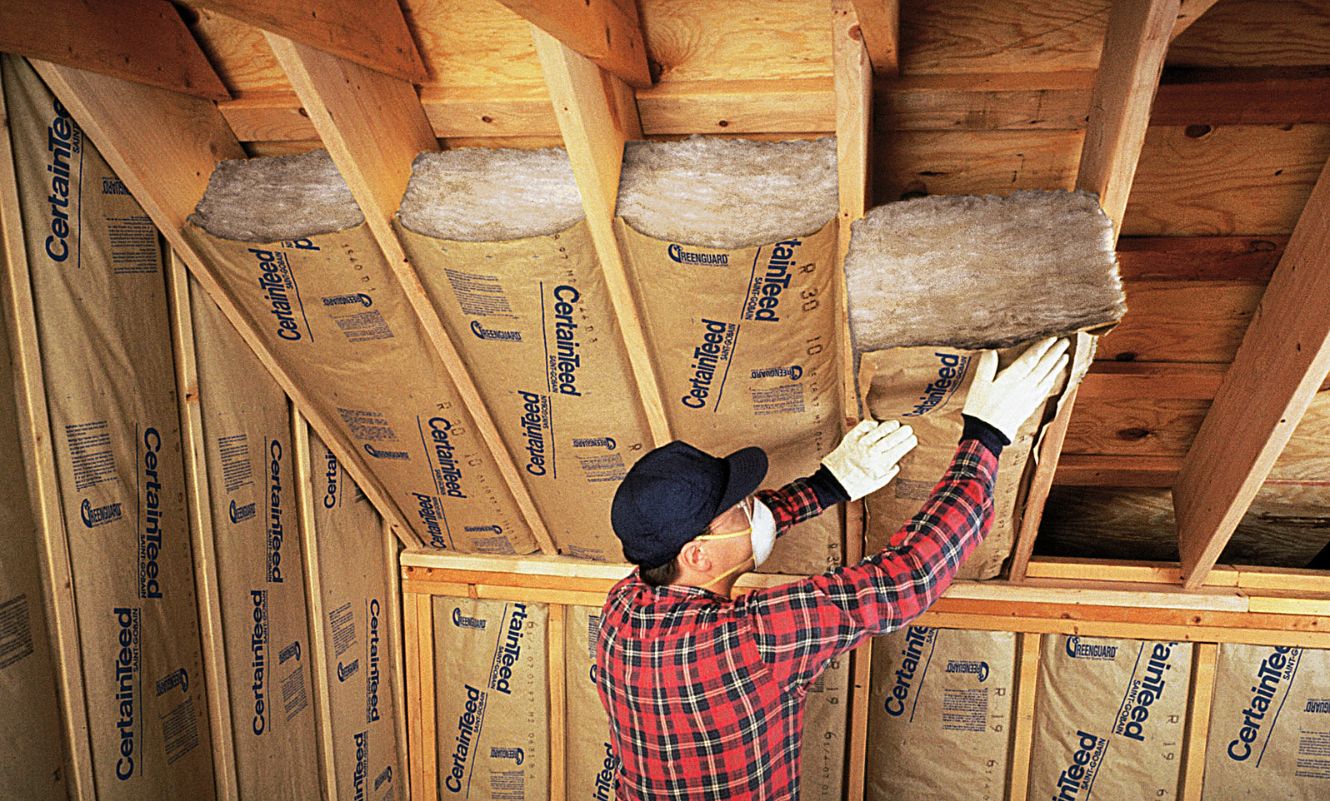
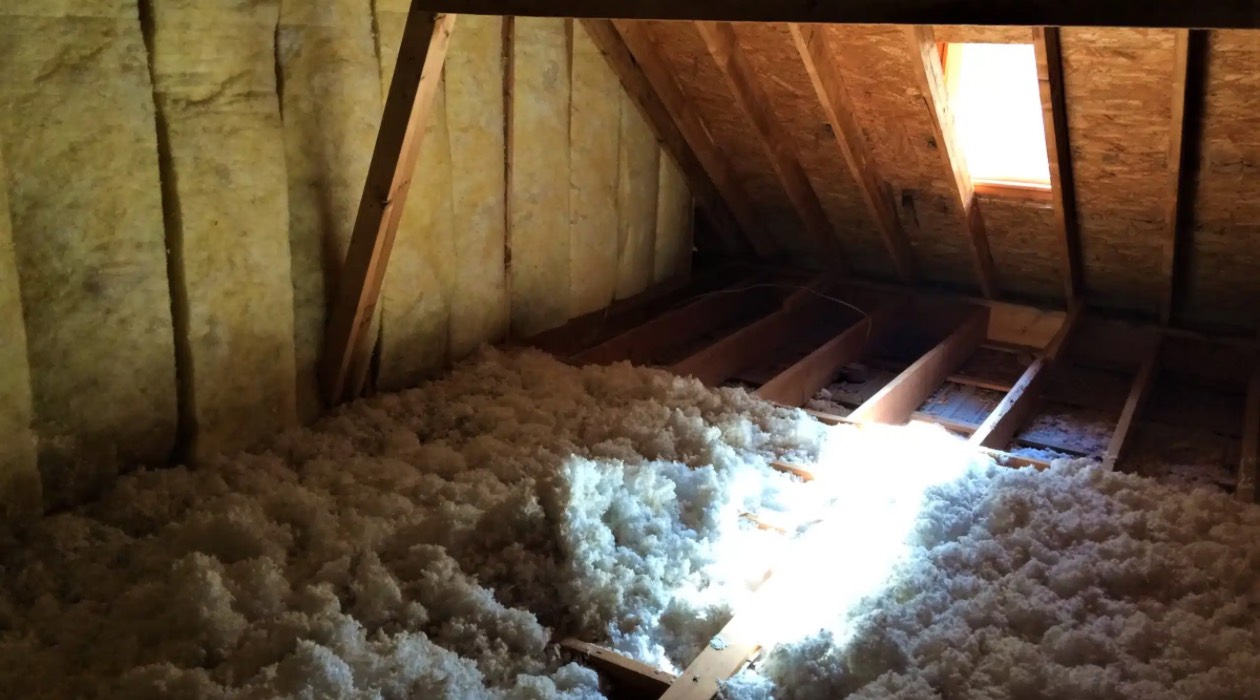
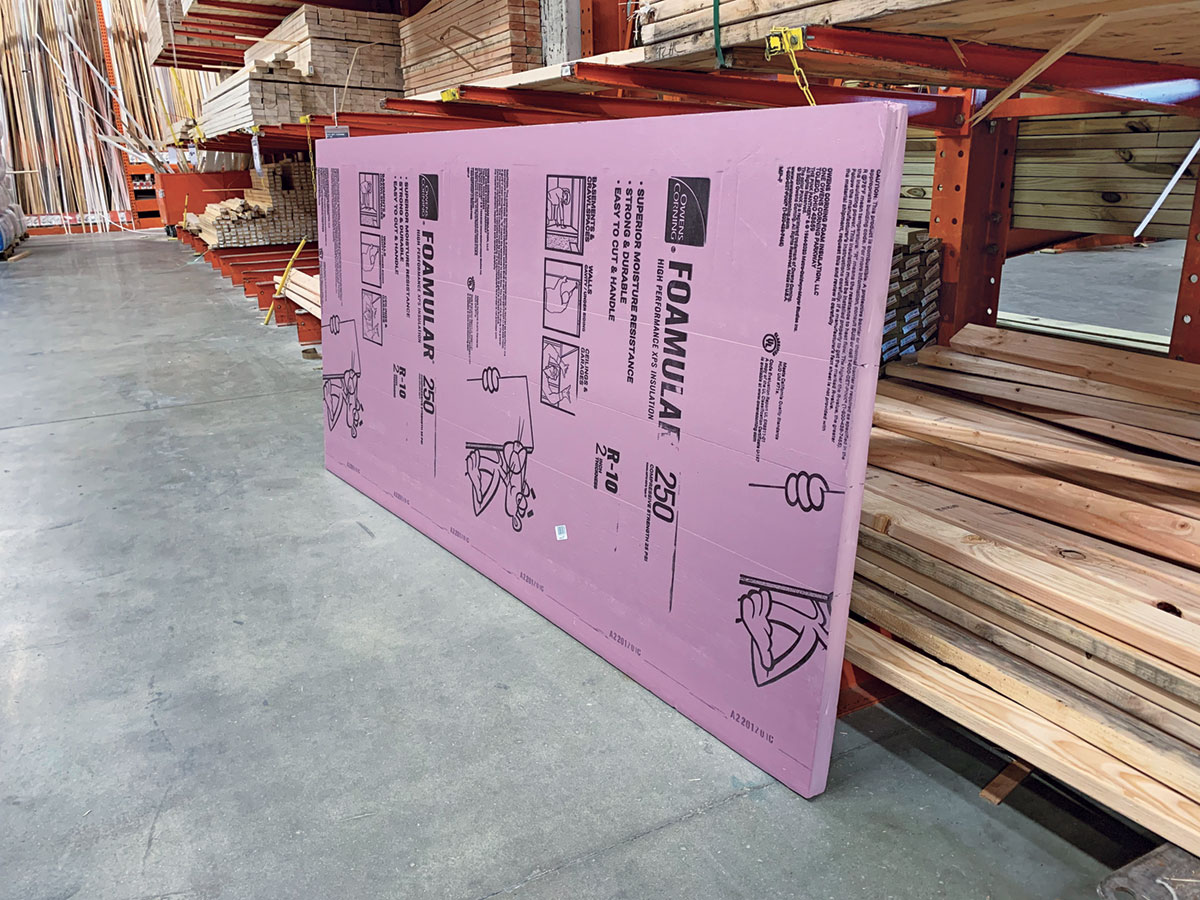
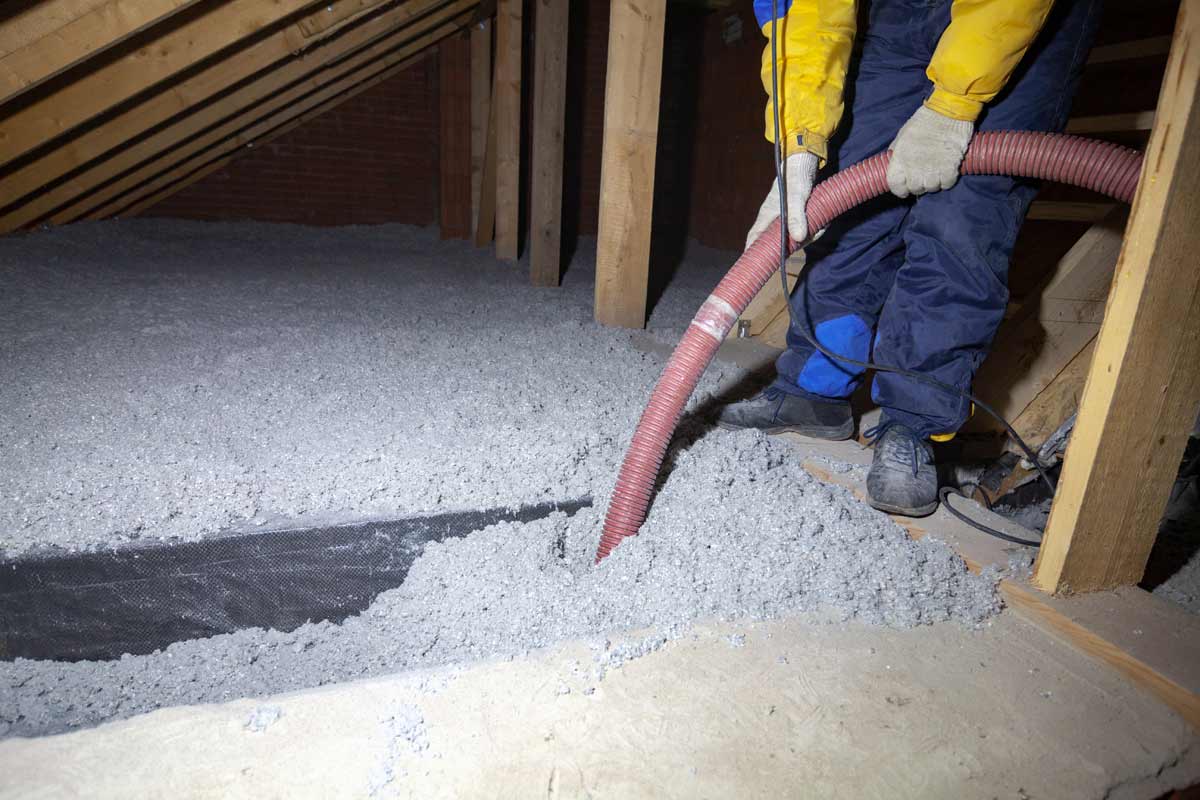
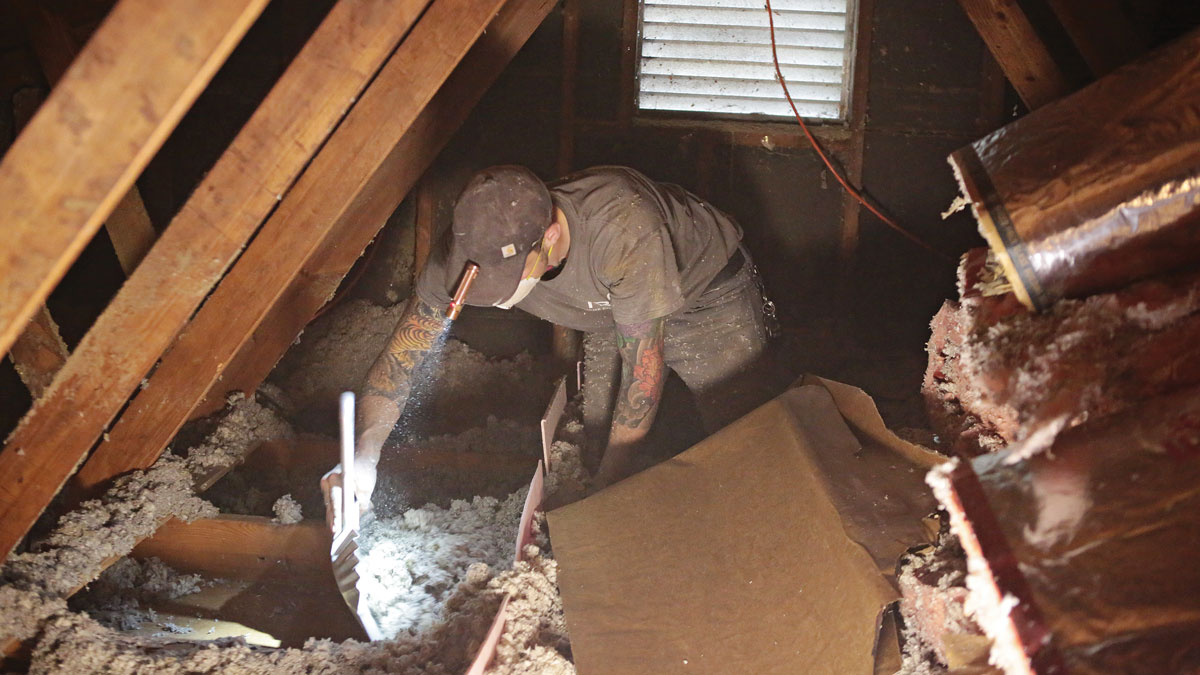
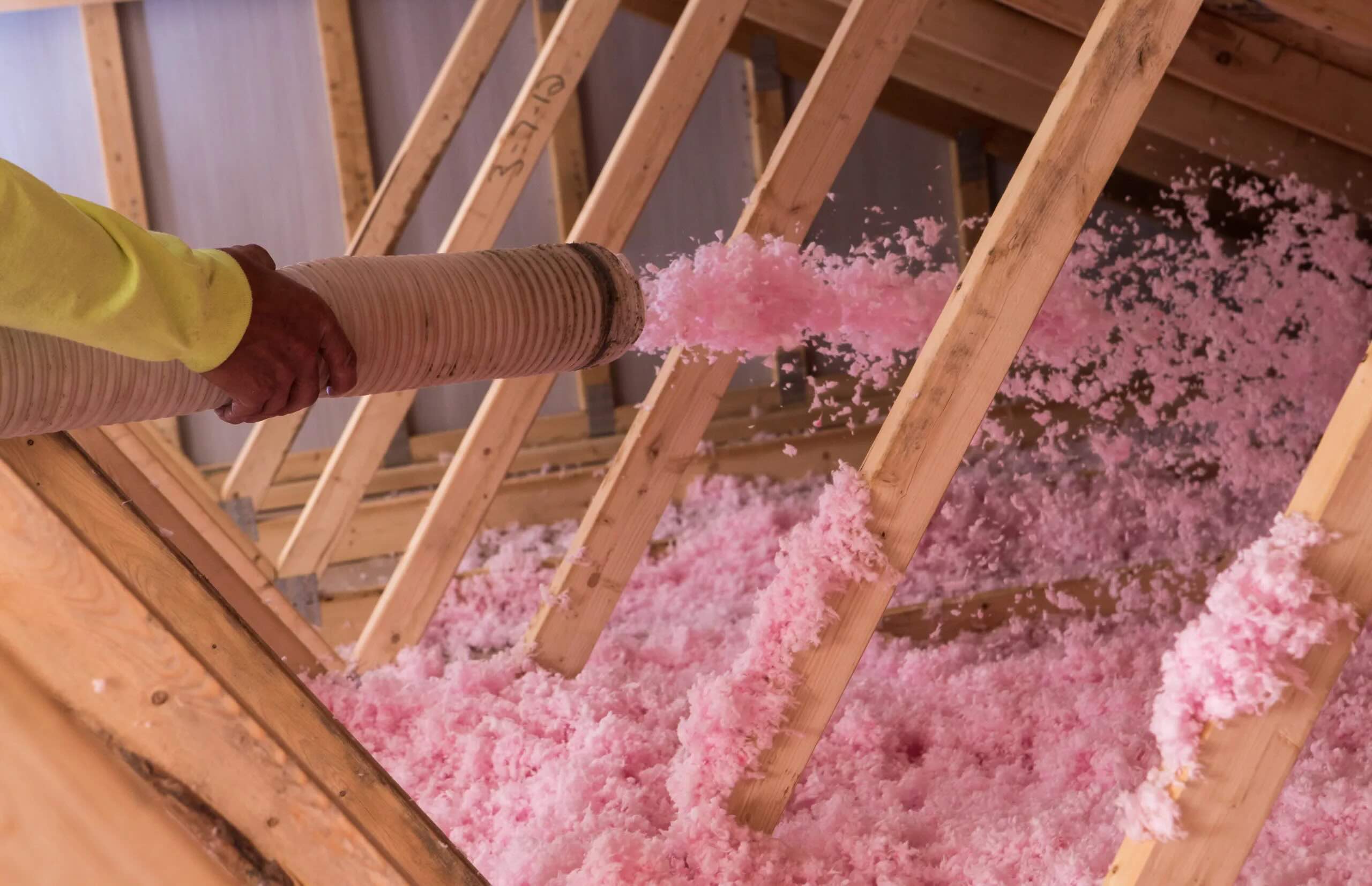
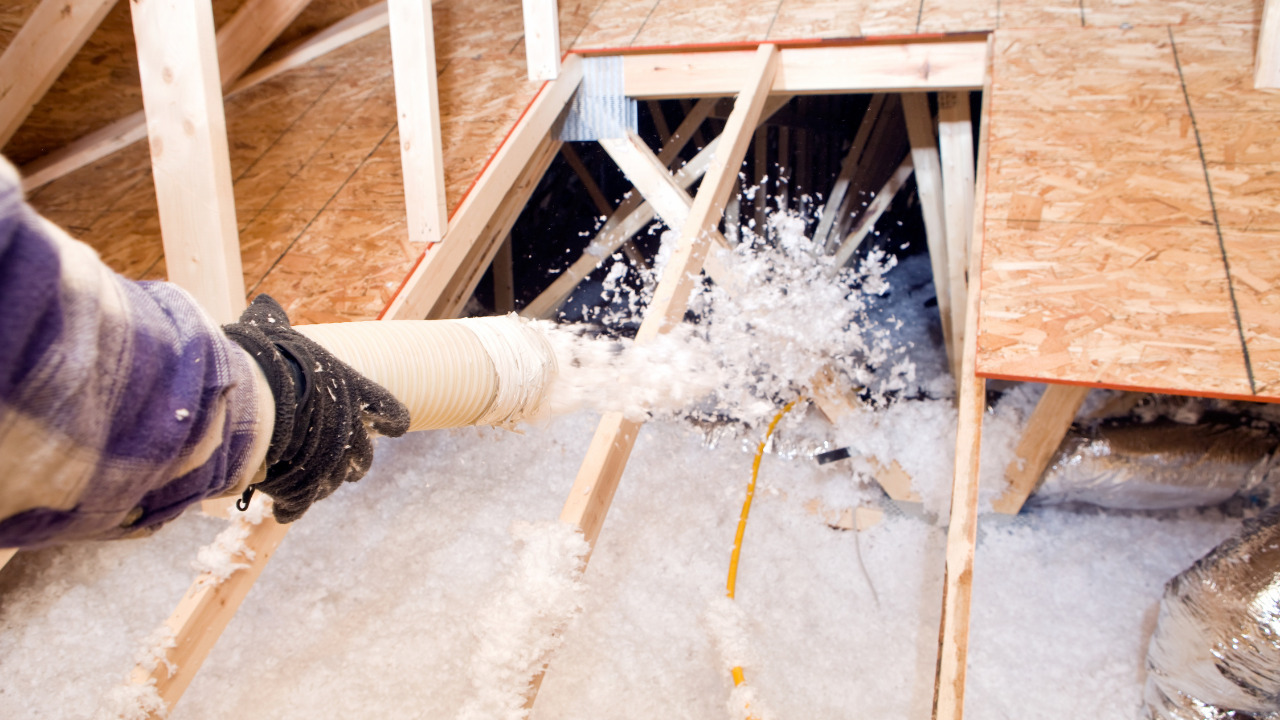

0 thoughts on “How Thick Is R-38 Blown Insulation”